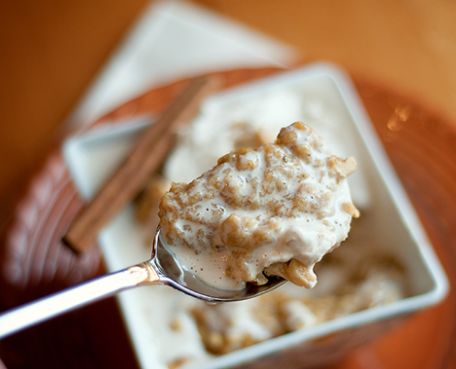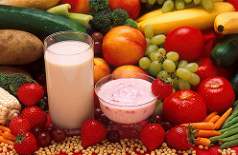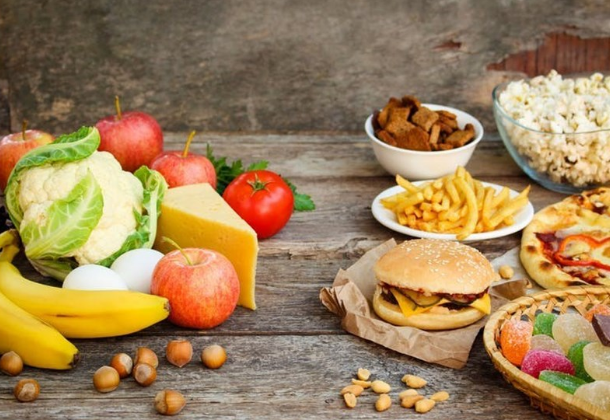Is my child having a well balance diet?
Am I giving my child too little or too much food?
Is my child growing well, after all?
Unfortunately, there are various feeding problems in children which leads to growth problems such as faltering growth, stunting, under-nutrition, and over-nutrition. These types of growth problems may all lead to malnutrition and health problems. As health professionals, in order to assess growth in children we use growth charts. Children grow at different pace from each other. In fact there are various healthy shapes and sizes among children. Some children of the same age might be tall, short, small and big as it depends on genetic factors, nutrition, level of physical activity, health conditions and the environment.
Growth charts are a standard tool which is used for your child’s checkups. Basically, they show the pattern of your child’s height and weight over time. During a normal checkup a doctor or a dietitian observe the growth pattern in children to check if the child is growing proportionate. When, the growth in children in not proportional it might be an indication of health problems.
Normal growth is when a child continue to grow on the same centile for both weight and height and therefore growth is proportional. So for example if when your child was born his height and weight started on the 50th centile he should continue to grow on that centile. If, your child falls a centile from weight it means that there is faltering growth which leads to underweight and malnutrition. If your child’s weight remains increasing on the same centile and your child’s height stops, this is known as stunting. Stunting also leads to malnutrition. On the other hand, if your child moves up to a centile it means that he is gaining weight which may lead to overweight and obesity.
Nutrition and weight problems
Faltering growth, stunting, overweight, obesity and malnutrition can be caused directly by nutrition. Faltering growth, stunting and malnutrition can be caused by various reasons which includes:
- Loss of appetite
This can be directly associated with lack of certain vitamins such as iron and zinc deficiency. It can also be caused by constipation which is very common in children. Constipation may be a sign that your child’s diet is lacking in fiber and proper fluids amounts. If, you suspect that this might be the reason for your child’s poor nutrition I encourage you to check with a registered dietitian for a proper food assessment.
- Mental health conditions
Unfortunately, mental health conditions in children are being seen more frequently and also at a younger age. Depression, anxiety and eating disorders are all mental health conditions which affects poor oral intake in children. It is important that if you notice any signs in your child you seek immediate help from your doctor or a healthcare professional.
- Health conditions
There are various gut related conditions in children which may lead to poor oral intake or malabsorption of macro-nutrients. These include coeliac disease, Crohn’s disease, lactose – intolerance, acid-reflux and nausea. Fortunately, all these health conditions can be controlled and improved by nutrition.
- Fussy eaters
Sometimes children may refuse to eat the food presented to them. The reasons for this may be due to sensory, psychological and behavioral issues. If your child is a fussy eater, your child and family requires a healthcare team approach. The healthcare professionals must be appropriately trained and specialized in this area.
On the other hand, overeating on a daily basis leads overweight and obesity. Overweight and obesity are risk factors of diabetes, cardiovascular diseases, liver problems, certain types of cancers and mobility problems. Children with mobility problems may not perform so good in physical activities at school. This may lead to a low self-esteem leading to psychological issues and mental health conditions.
As you can see from the information above feeding problems in children are quite a complicated matter. There are various health conditions, psychological, behavioral and environmental issues which could be the cause of feeding problems in your child. If you notice any signs please seek immediately help from your doctor and a registered dietitian.










